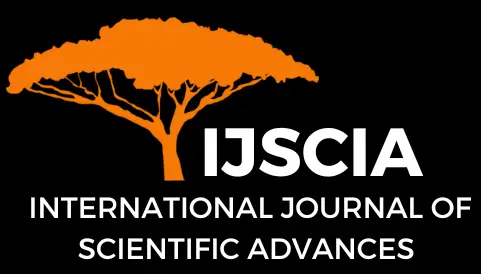Assessing the Validity and Reliability of Environmental Awareness Measurement Tools in Agricultural Area School
Iis Masriah1*, Indriyani Rachman1, Didit Ardianto1, Toru Matsumoto2
Abstract
Pangalengan as one of the agricultural centers and vegetable producers in West Java is inseparable from the use of chemical fertilizers and pesticides. This research aims to develop and validate an instrument to measure environmental awareness in high school students (SMA) towards agricultural activities carried out by the Pangalengan community. The development process is carried out through a literature review, preparation of indicators and statement items, validation by experts, and field trials. To measure students’ environmental awareness, valid and reliable instruments are needed. The instrument that has been compiled consists of 46 Likert scale question items with a sample of 110 students of Class X SMAN 1 Pangalengan. The statistical test used was the Pearson Product Moment and Reliability Correlation Test with SPSS 25. The Product Moment r value with a significance level of 5% for the number of 100 respondents was set at 0.195 and the significance level of 1% was set at an r value of 0.256. All items were declared valid with the lowest r value of 0.368 and the highest r of 0.795. The test results also stated that the instrument tested was reliable with a reliability Alpha Cronbach coefficient of 0.752. This instrument is expected to be a reliable measuring tool to evaluate students’ environmental awareness and support the integration of environmental education in agricultural areas.
Keywords
agricultural area; environmental awareness; reliability; validity.
Cite This Article
Masriah, I., Rachman, I., Ardianto, D., Matsumoto, T. (2025). Assessing the Validity and Reliability of Environmental Awareness Measurement Tools in Agricultural Area School. International Journal of Scientific Advances (IJSCIA), Volume 6| Issue 3: May-Jun 2025, Pages 550-562 URL: https://www.ijscia.com/wp-content/uploads/2025/06/Volume6-Issue3-May-Jun-No.892-550-562.pdf
Volume 6 | Issue 3: May – Jun 2025


